19.03—01.05.2022
Annarosa Krøyer Holm, hands.on.matter kollektíf (Sandra Nicoline Nielsen & Tim van der Loo), Herring, Iron, Gunpowder, Humans & Sugar (Olando Whyte & Rut Karin Zettergren), Páll Haukur Björnsson, Sheida Soleimani, The Many Headed Hydra kollektíf (Aziz Sohail, Bryndís Björnsdóttir, Emma Wolf Haugh & Suza Husse) ásamt Pia Arke og Zahra Malkani
IMMUNE/ÓNÆM
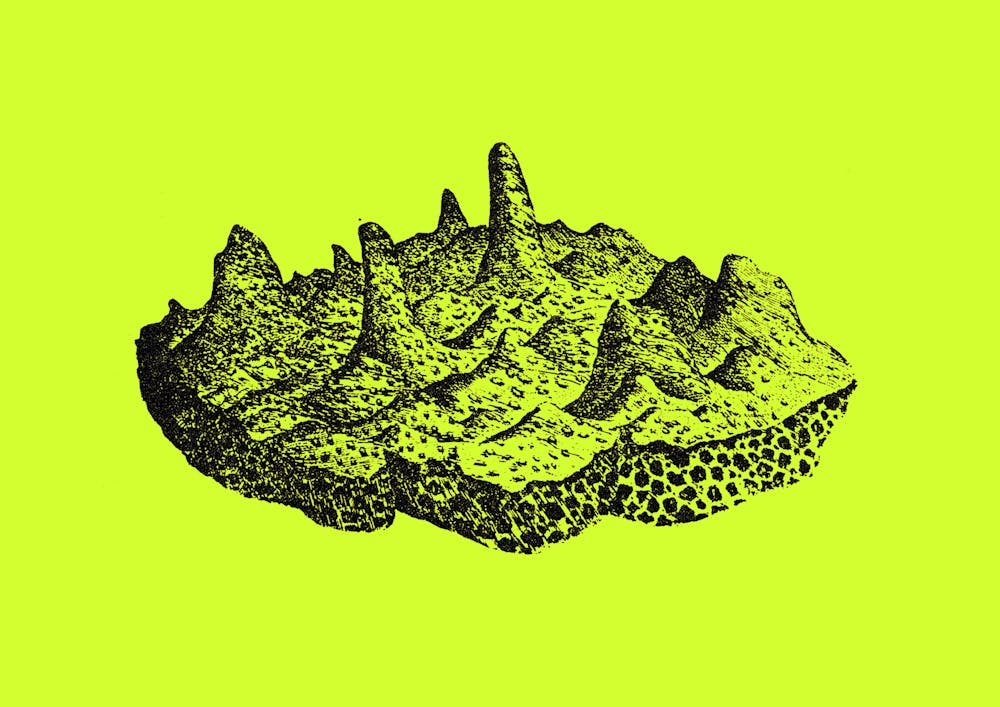
IMMUNE / ÓNÆM is the result of a two-year research and collaboration project between 11 international artists, designers, scholars and curators, who in their work deal with colonization, queer ecosystems, extractive capitalism and nationalism based on a common starting point: Eggert Ólafsson and Bjarni Pálsson's Travels in Iceland (1775) and the image of nature drawn in their story. The exhibition includes a diverse group of artists, working from ideas on the colonial history of the North, manifestations of whiteness, the Icelandic banana, global warming, salted fish, shopping routes and nature, amongst other.
The group of participants comes from various backgrounds and one of the project's goals is to use Iceland, this isolated island and ecosystem, as a platform to reflect on political, social and economic aspects of nature.
A rich program of events will take place alongside the exhibition, such as workshops, performances and open discussions.
On the occasion of the exhibition, Steinunn Gunnlaugsdóttir and Bryndís Björnsdóttir will present a work and a performance in front of Marshallhúsið, during parts of the exhibition period.
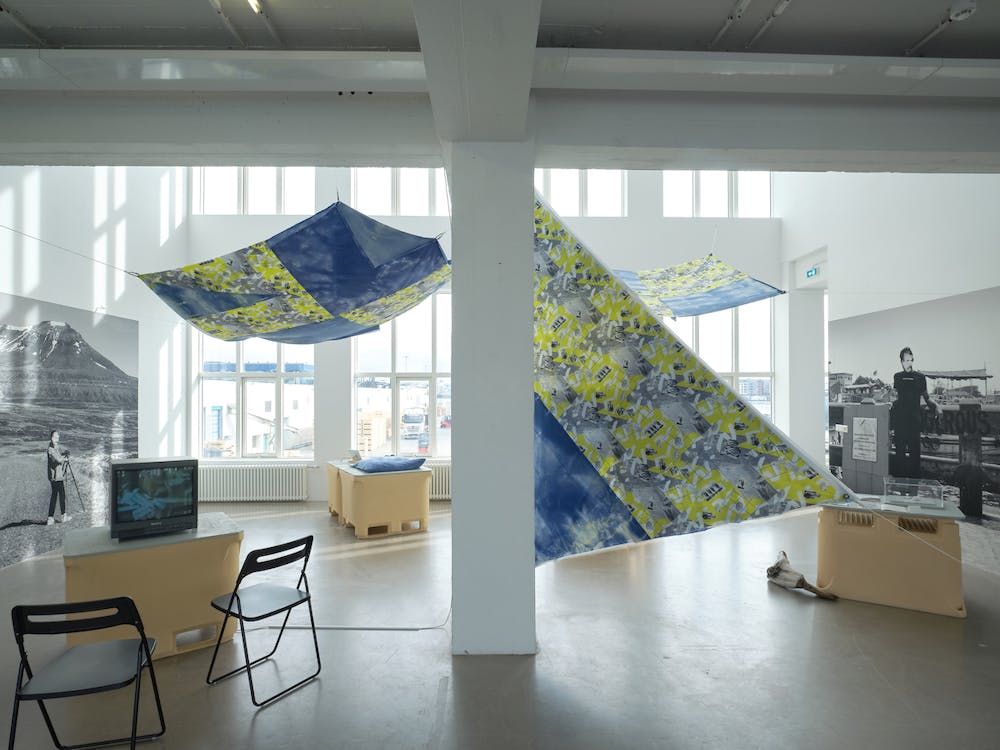
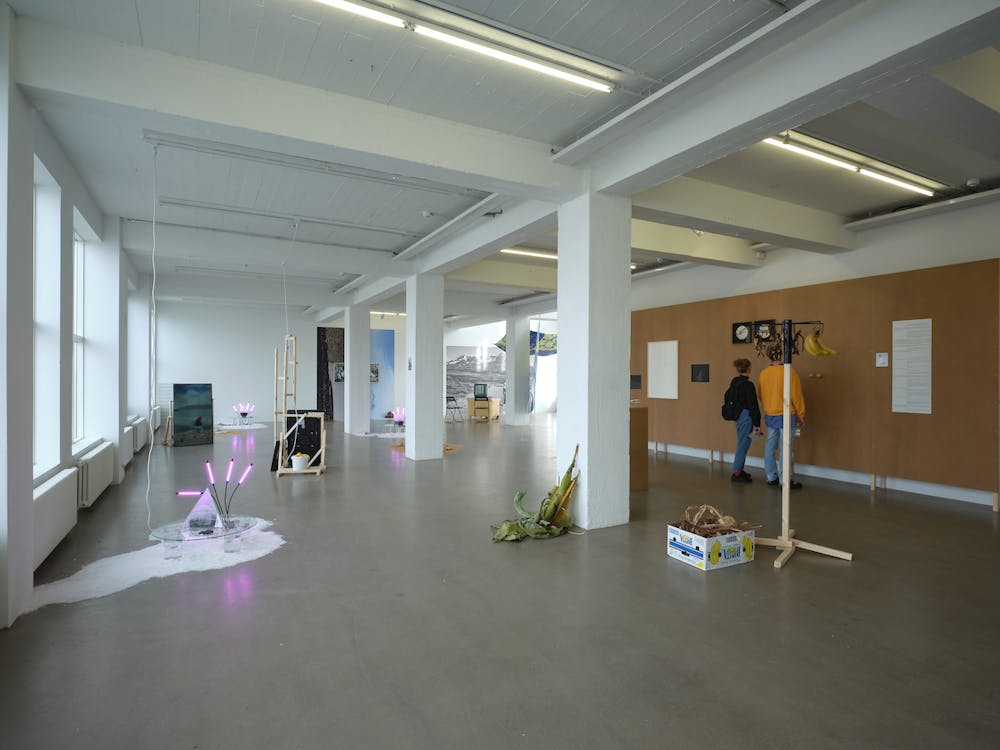
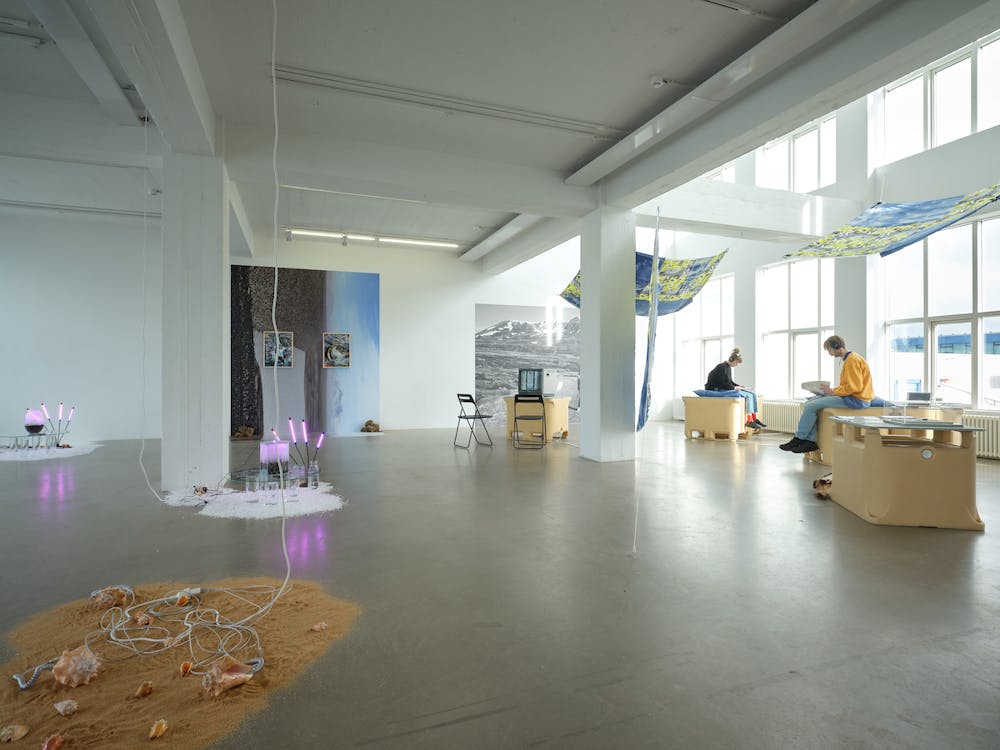
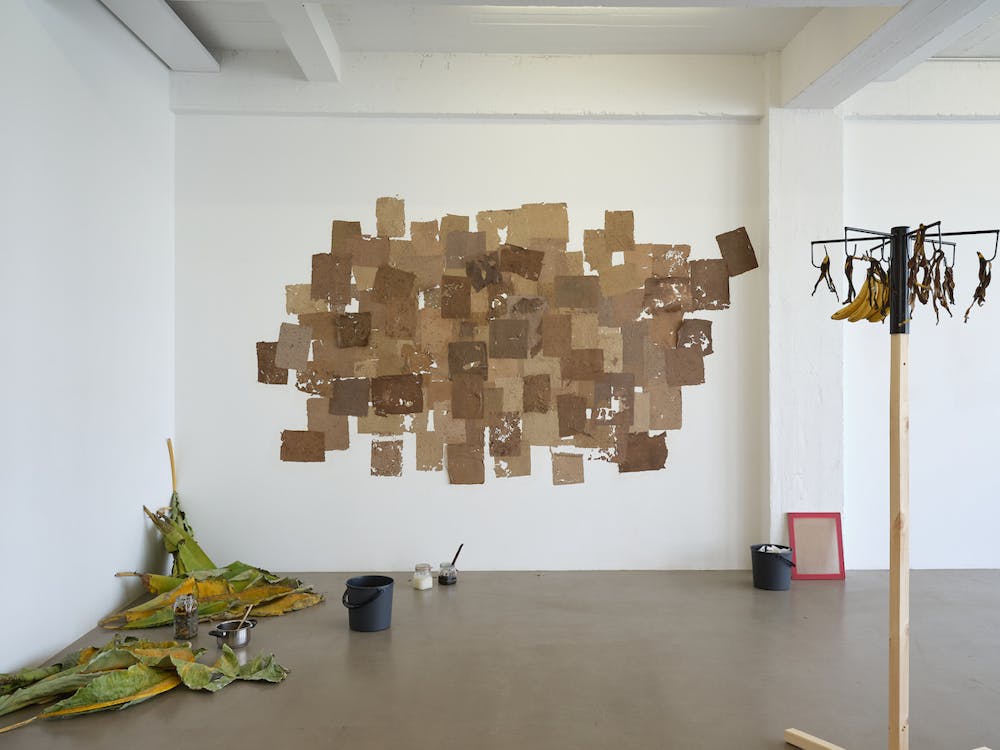


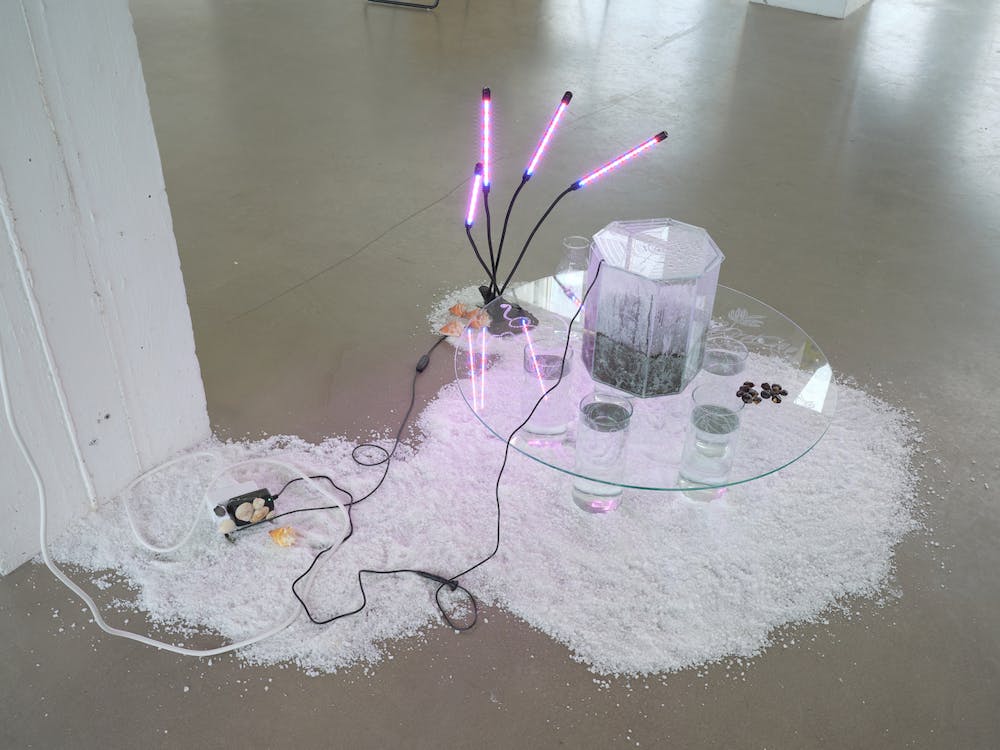
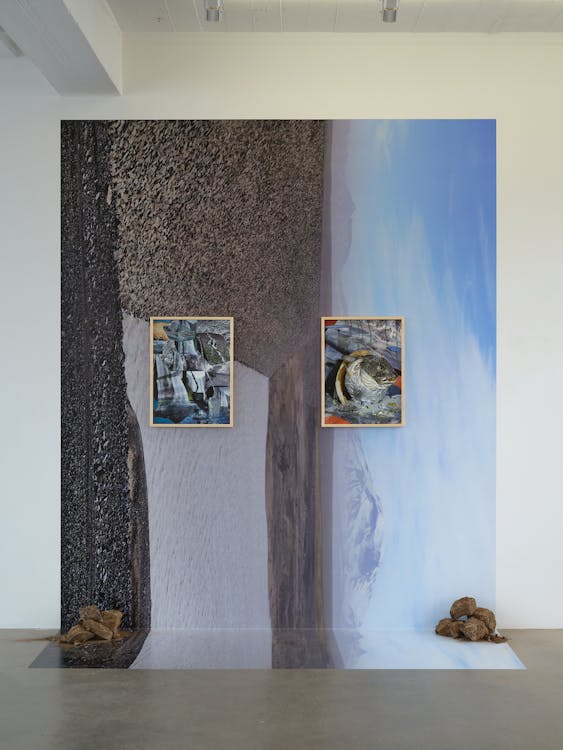
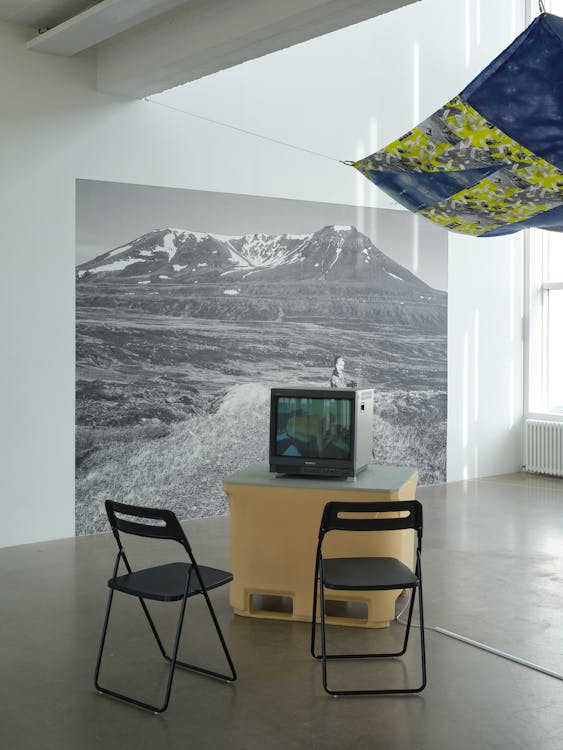
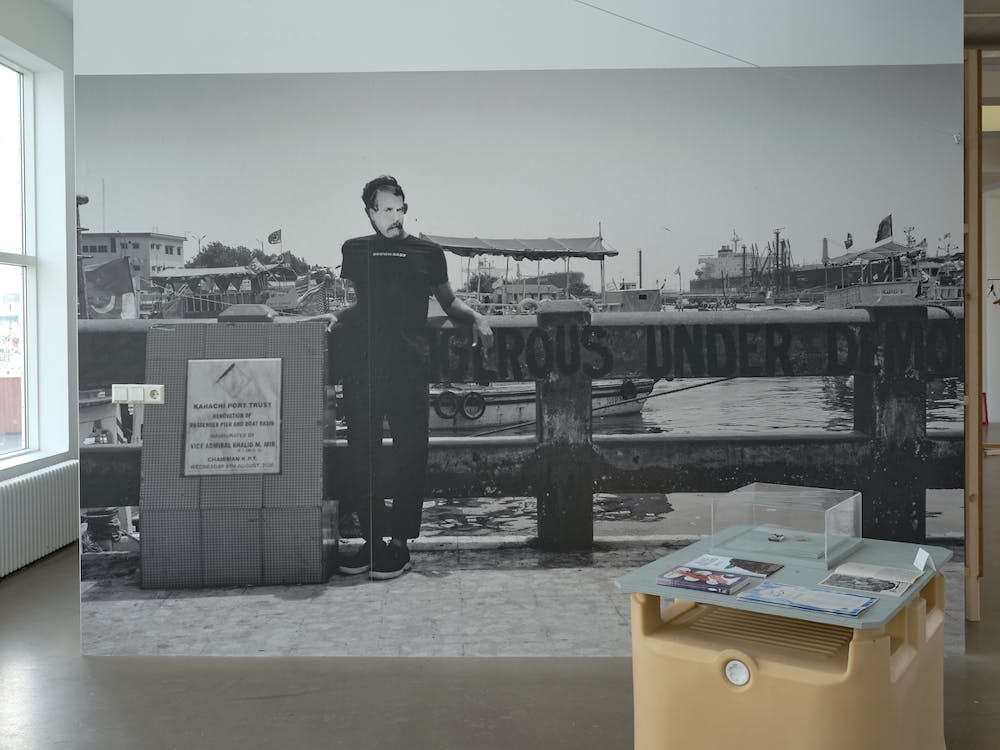
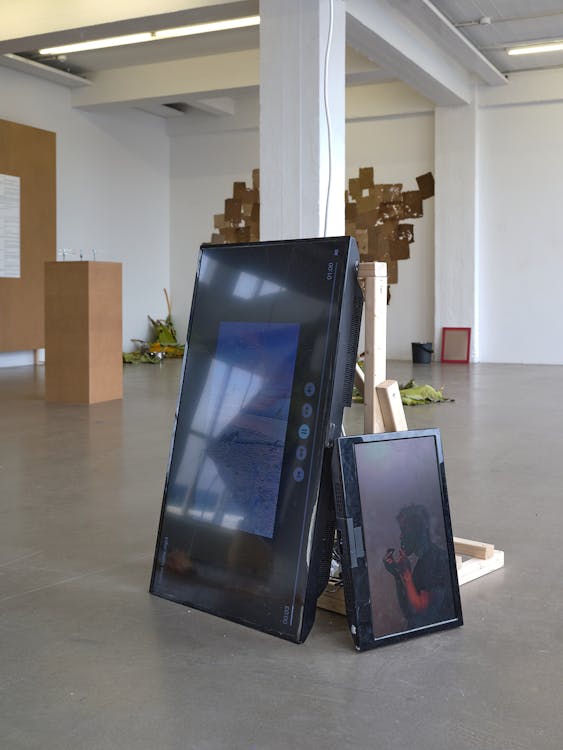
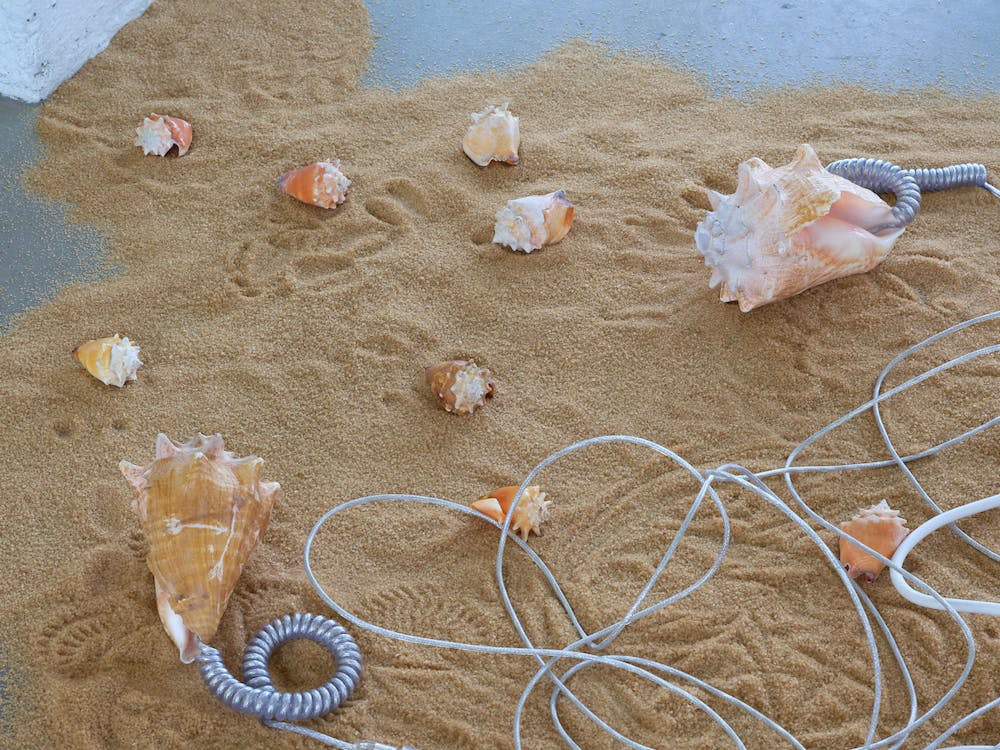

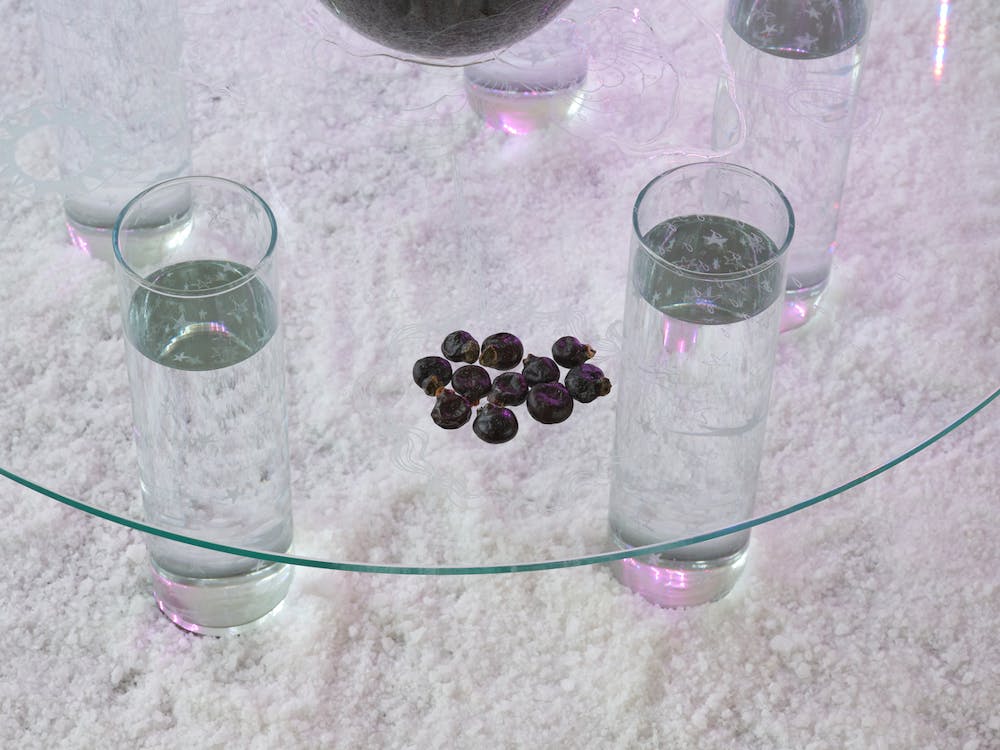
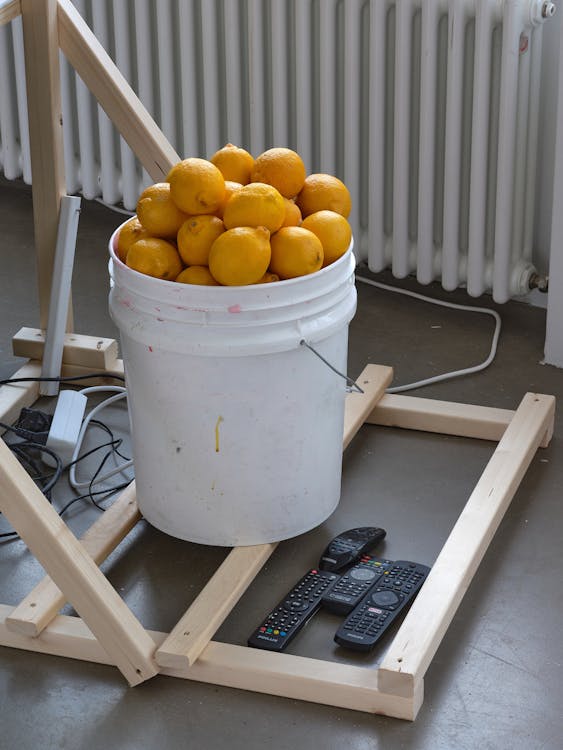
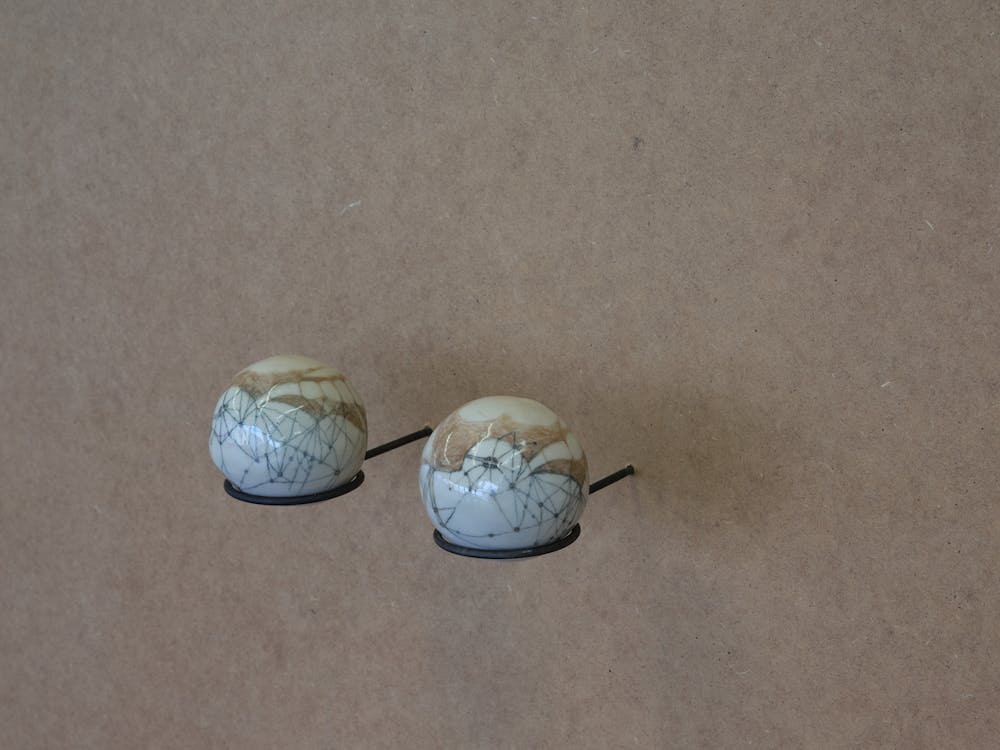

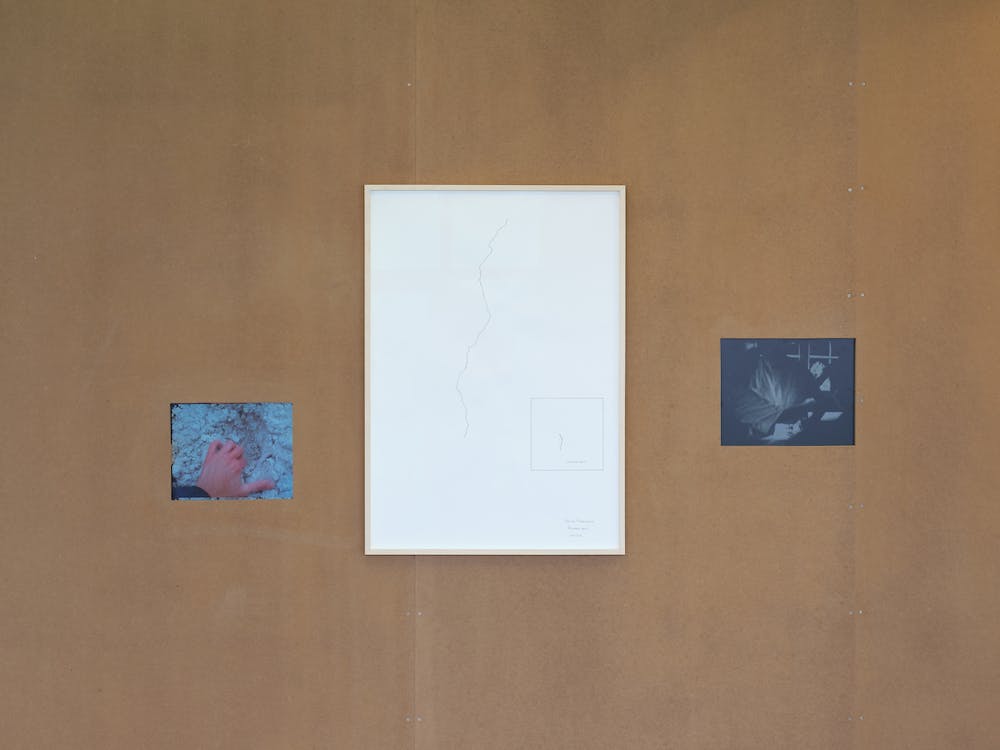
Biography
Annarosa Krøyer Holm
Annarosa Kroyer Holm explores the conceptual framework of sculptural history and practice. Through artistic research, sculptural materiality, mapping and archiving she addresses the interconnectedness of classical art history and European colonialism. With an interest in how personal memory and narratives can challenge the national identity construction and historiography, she has made several projects that explore the interlocking of Danish colonialism and the white ideals emerging in European Renaissance and Neoclassicism.
Bryndís Björnsdóttir
Bryndís Björnsdóttir (Dísa) is an artist, writer and researcher. Their practice is based on creating poetic connections through the interweaving of themes such as landscape, technologies, bodies and economic power. In the last years, she has focused on alternative understandings of nature and decolonial readings of land. In 2010-2016 Dísa initiated and established an international research project at a former NATO-base in Iceland called Occupational Hazard. In 2009-2012 she co-managed Útúrdúr; an artist bookstore, publishing house and project space in Reykjavík. She holds an MA degree from Raumstrategien (Spatial Strategies), an interdisciplinary artistic research programme at Weissensee Kunsthochschule Berlin since 2017. Dísa is currently developing and managing a collaborative research project called IMMUNE/ÓNÆM and is a new member of the Many Headed Hydra collective, a shapeshifting collective of queer&feminist ecologies and collaborative ritual practices.
Hands.on.matter
Hands.on.matter is an explorative collective consisting of material and product designer Tim van der Loo (NL) and techno-anthropologist Sandra Nicoline Nielsen (DK). The duo practices circular material thinking by emphasising the potentials of post-consumer and biobased materials. Novel as well as traditional techniques serve as a catalyst for questioning resource use, consumption, sustainability and materiality in the world we live in. Hands.on.matter promotes practical learning to strengthen inter- personal and material dialogue as well as self- empowerment in times of climate change and scarcity through the facilitation of workshops, installations, talks and artist collaborations.
Herring, Iron, Gunpowder, Humans & Sugar
Herring, Iron, Gunpowder, Humans & Sugar (HIGHS) - Collective that visits places that were linked to the triangular trade the economical system behind the transat- lantic slave trade. At the historical places they make performance with storytelling and dance together with objects consisting of the material that were extracted, manufacturer and exportered by this places. In the process, Whyte & Zettergren want
to activate the sites and materials in a search for a method to process histor- ical trauma and to create discussions about memory, heritage and responsibility. HIGHS is run by the Jamaican dancer Olando Whyte and the Swedish artist Rut Karin Zettergren since 2017.
Páll Haukur Björnsson
With his art Páll Haukur (b. 1981) tries to break away from and interrogate any given notions of mean- ing by asking what constitutes an object. His works aim at complicating the relations that defines them, representing change or flux, either through its relationship to the body in space or through the material condition of the work itself – often using biological substances like honey or mycelium as parts of the sculptural practice. The result is an aesthetic experience that constantly asks the viewer to situate and re-situate herself in relation to object and space as Páll Haukur aims to compromise the semiological boundaries between a person and an object, between a thing and thing. Páll Haukur studied at the Icelandic Academy of the Arts and the California Institute of the Arts where he gradu- ated with a MFA in 2013. With a focus on drawing, sculpture and performance, his installations have been shown in Iceland, Europe and the US since 2008. He lives and works in Reykjavík.
Sheida Soleimani
Sheida Soleimani (b. 1990) is an Iranian-American artist, educator, and activist. The daughter of political refugees who escaped Iran in the early 1980s, Soleimani makes work that excavates the histo- ries of violence linking Iran, the United States, and the Greater Middle East. In working across form and medium—especially photography, sculpture, collage, and film—she often appropriates source images from popular/digital media and resituates them within defamiliarizing tableaux. The compo- sition depends on the question at hand. For example, how can one do justice to survivor testimony and to the survivors themselves (To Oblivion)? What are the connections between oil, corruption, and human rights abuses among OPEC nations (Medium of Exchange)? How do nations work out repa- rations deals that often turn the ethics of historical injustice into playing fields for their own economic interests (Reparations Packages)? In contrast to Western news, which rarely covers these problems, Soleimani makes work that persuades spectators to address them directly and effectively. Based in Providence, Rhode Island, Soleimani is also an assistant professor of Studio Art at Brandeis Universi- ty and a federally licensed wildlife rehabilitator.
The Many Headed Hydra
The Many Headed Hydra (TMHH) is dedicated to queer ecologies, myth making and situated practic- es that emerge from bodies of water. TMHH collaborates with inhabitants of different lands and seas to cross-connect queer*feminist and decolonial research, art making, and publishing. TMHH uses ritual and fiction, shape-shifting collectivities and storytelling to set resistant knowledges into motion. TMHH’s magazines are a performative device – they circulate as rumors, gatherings, printed matter, performances, exhibitions, radio broadcasts, evocations. The Many Headed Hydra was initiated by visual artist Emma Wolf- Haugh (IE, DE) and Suza Husse (DE) in 2016 in Berlin and has recently expanded to include the curator Aziz Sohail (PK, US) and artist/curator Bryndís Björnsdóttir (IS, DE) as part of the core collective.
Pia Arke
Pia Arke (née Gant) (1958–2007) was a Kalaaleq (Greenlandic Inuit) and Danish visual and perfor- mance artist, writer and photographer. She is remembered for her self-portraits and landscape photographs of Kalaallit Nunaat (Greenland), as well as for her paintings, writings which strove to make visible the colonial histories and complex ethnic and cultural relations between Denmark and Greenland. Throughout her artistic- research practice, the artist used the metaphor of her own mixed- heritage as an opportunity to engage these historical relationships, as well as address significant questions of Arctic Indigenous identity and representation
Zahra Malkani
Zahra Malkani is a multidisciplinary artist based in Karachi. Her research- based art practice spans text, video and web, and explores the politics of development, infrastructure and militarism in Pakistan. She is a co- founder with Shahana Rajani of Karachi LaJamia, an experimental pedagogical project seeking to politi- cise art education and explore new radical pedagogies and art practices. Zahra is also an Assistant Profes- sor of Practice in Communication and Design at Habib University and is currently a fellow at the Akademie Schloss Solitude.
Sýningarstjóri
Bryndís Björnsdóttir

